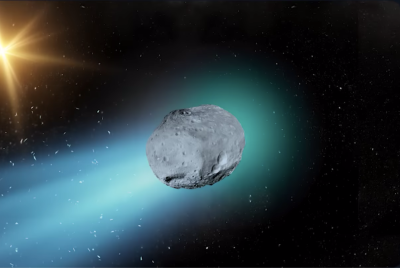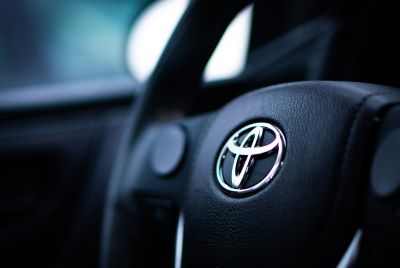Tesla Robotaxi City Rollout Plans Revealed — Could Disrupt Daily Travel for Millions
Tesla unveils Robotaxi expansion in five US cities — could transform daily commuting for millions, changing how Americans travel.

The launch of Tesla's Robotaxi plan could fundamentally alter how millions of Americans travel every day.
Rapid Rollout to New Cities
Tesla has announced that its driver‑free ride‑hailing service will arrive in 'five new cities' in the United States. According to company statements, it will deploy Robotaxis to major metropolitan areas, including Las Vegas, Phoenix, Dallas, Houston, and Miami.
The company said it 'plans to offer the service to half of the U.S. population by the end of the year'.
What This Means for Daily Travel
For commuters, the arrival of Robotaxis means a possibility of swapping driving time for riding time. Instead of sitting behind the wheel, people may begin booking autonomous rides, freeing up time, reducing stress, and changing the value of car ownership.
In a Reuters article, Tesla emphasises that once operations are proven in a few cities, 'we can make it work anywhere in America'.
That scale‑up is key: fewer people driving, more people riding in self‑driving vehicles. The ripple effect could include reduced traffic congestion in some areas and changed public‑transport dynamics.
A Different Autonomy Strategy
Tesla's approach differs from some rivals. According to industry analysis, Tesla is relying on a vision‑only system with cameras and AI, rather than on LiDAR and high‑definition maps.
That means the automotive company hopes to scale faster. But it also raises questions about how it will maintain safety and reliability at a mass scale, matters that affect every rider and non‑rider on the road.
Regulatory and Rollout Challenges
The expansion is not without obstacles. While Tesla's service has already launched in Austin, Texas, and the San Francisco Bay Area under more controlled conditions, full public access and highway deployment remain limited.
One source noted that 'it's still a far way off' from the kind of nationwide coverage Tesla envisions.
A Reuters article suggested that regulators in states like California impose stricter rules, which may slow deployment compared to more permissive states.
Human-Impact Story: What It Means for You
If you live in one of the expansion cities, you could see your commute change in the next few months. Instead of driving, you might hail an autonomous ride.
For city residents, the cost and convenience of travel could shift.
Commercial drivers and ride‑share workers may face major disruption: fewer driving hours, different skill sets required, and new safety and oversight models.
Urban planning and parking will also be affected. If more people ride autonomous vehicles rather than own cars, the value of parking spaces could change, and city space might be repurposed.
Why Now Matters
Tesla's announcement is timely because the company's vehicle sales have faced headwinds, making new growth engines vital.
According to Reuters, Tesla's mass‑manufacturing scale helps, but its ambitious timelines raise questions.
At the same time, competitors such as Waymo are expanding more cautiously, which gives Tesla both opportunity and risk.
Looking Ahead
With five new cities confirmed and a bold goal of reaching half the U.S. population by year's end, Tesla appears to be shifting from pilot to commercial scale.
The human consequence is real: for millions of potential riders, the way they move could change dramatically.
But much hinges on safety, regulatory approval, and public acceptance. A successful rollout could reshape commuting, car ownership, and city transport. A misstep could hamper trust and slow adoption.
In short, Tesla's Robotaxi plans aren't just about self‑driving cars; they're about rethinking everyday travel and mobility for millions of people.
© Copyright IBTimes 2025. All rights reserved.





















